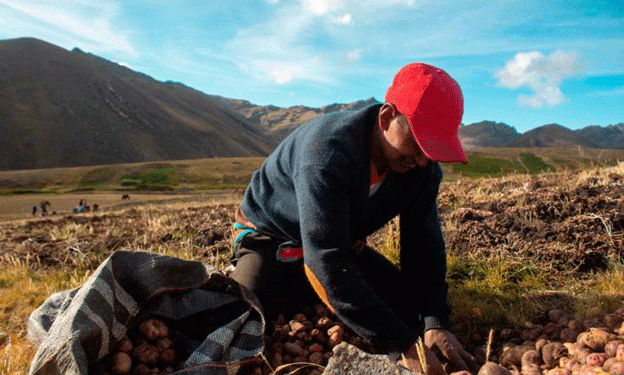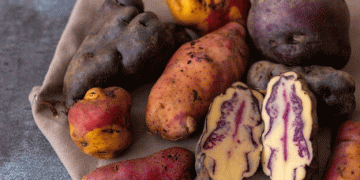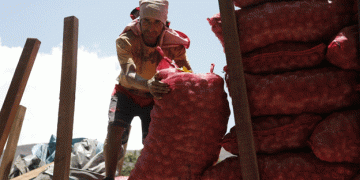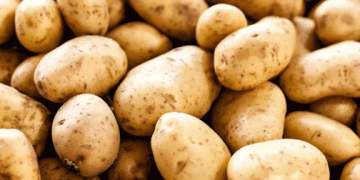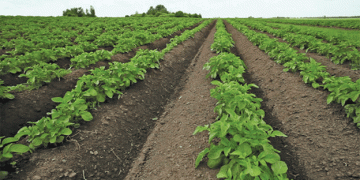Huánuco Invests in Native Potato Production: A Model for Sustainable Highland Agriculture
In the heart of the Peruvian Andes, the Regional Government of Huánuco (Gorehco) has taken a transformative step in revitalizing native potato cultivation. As of 2024, 127 demonstration plots covering 50 hectares have been established across six provinces and 37 districts, benefiting 139 local communities.
This ambitious project aims to enhance agronomic practices, preserve native biodiversity, and improve market access for smallholder farmers. The initiative falls under the umbrella of the Papa Nativa Project, a key regional strategy to position native potatoes as both a cultural treasure and a viable economic opportunity.
Key Project Components and Impact
With a total investment of S/37,729,753.33 (approximately USD $10 million), the project is delivering targeted support to producers in Yarowilca, Dos de Mayo, Ambo, Huánuco, Pachitea, and Huamalíes. The focus is not only on boosting yields but on building a resilient, cooperative farming system rooted in traditional knowledge and modern agronomy.
Main achievements to date include:
- 127 demonstration plots as hands-on learning spaces for farmers
- 50 hectares under improved native potato management
- 10,206 technical assistance sessions provided by agricultural specialists
- 730 capacity-building workshops on soil health, pest control, and sustainable practices
- Access to certified native potato seed, including popular varieties such as:
- Huayro Rojo – known for its dry texture and suitability for boiling
- Tumbay – prized for its creaminess and flavor
- Peruanita – a colorful variety popular in local and gourmet markets
Farmers also receive organic fertilizers, foliar nutrients, and support for market-oriented production, aiming to position native potatoes in regional and national supply chains.
Building More Than Yields: Strengthening Organizations and Market Access
Beyond technical interventions, the project promotes organizational development, fostering cooperative models and commercial alliances among producers. This is crucial in transitioning from subsistence farming to profitable value chains, especially in remote Andean areas.
According to MIDAGRI (Peru’s Ministry of Agrarian Development and Irrigation), native potatoes represent only 10–15% of the national market, yet their demand is increasing both locally and internationally due to their nutritional value, culinary appeal, and role in agrobiodiversity.
By strengthening farmer organizations, Gorehco is building collective capacity to:
- Negotiate better prices
- Participate in public procurement programs (e.g., Qali Warma school feeding)
- Access certification and traceability systems for specialty markets
A Regional Vision for National and Global Impact
Governor Antonio Pulgar emphasized that this project is part of a broader strategy to boost the agricultural sector, improve food security, and enhance the economic competitiveness of small producers.
Similarly, Yarushel Valenzuela Segura, Director of Regional Agriculture, underlined the link between this initiative and rural development, climate adaptation, and sustainable agriculture.
This aligns with Peru’s national objectives to:
- Reduce rural poverty
- Conserve genetic diversity (Peru holds over 3,000 native potato varieties)
- Increase exports of differentiated agricultural products
The native potato initiative in Huánuco is more than a farming project—it’s a blueprint for resilient, inclusive, and culturally rooted agricultural development. By combining field-level innovation, technical training, and organizational strengthening, the program offers a sustainable path forward for Andean farmers. It highlights how regional leadership, farmer participation, and biodiversity conservation can work together to build a more secure and prosperous future.
